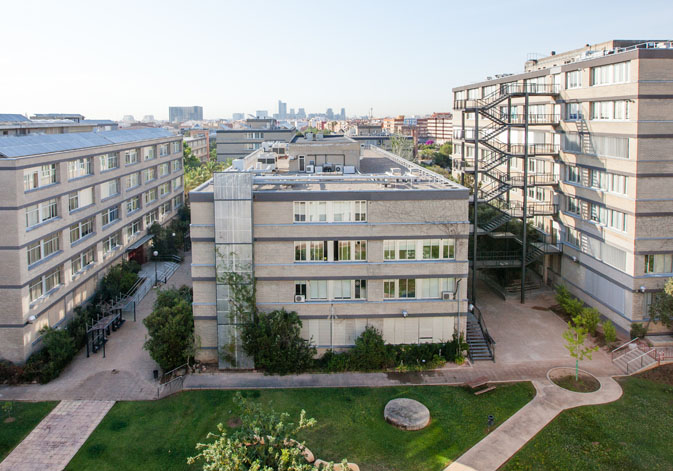
The University of Valencia (UV) has improved its position in the Taiwan ranking, an international classification on university performance based on scientific publications and citations. Thus, the institution advances to position 26 in the world, gaining 7 places compared to 2019 and remains the first in Spain in this area. In addition, in the Valencian Community she leads thirteen of the twenty-four subjects analysed, and five of the six fields of knowledge. According to the global version of the ranking, the UV is third in Spain and occupies position 211 in the world.
By subjects, the UV is second in Spain in Physics; third in Chemistry, Psychiatry / Psychology, Clinical Medicine and Environment / Ecology; and fourth in Biology / Biochemistry, Economics and Business, Geosciences and Microbiology, Materials Science, Pharmacology and Toxicology. It is fifth in Social Sciences. Internationally, by subject, it ranks 107th in Physics, 111th in Space Sciences, 144th in Chemistry and 190th in Geosciences.
By fields of knowledge, the Valencian institution leads the areas of Natural Sciences (second in Spain), Agriculture (third at the state level), Medicine (also third) Life Sciences and Social Sciences. The UV is second in Engineering. On an international scale, the fields of knowledge in which the centre stands out the most are Agriculture (position 121) and Natural Sciences (127).
Regarding the global classification of the ranking, the University of Valencia repeats the position of last year and remains third in Spain, in position 83 in Europe and first in the Valencian Community.
The National Taiwan University Ranking (NTU) was first published in 2007 by the Taiwan Higher Education Assessment and Accreditation Council. Currently, it ranks 800 universities.
The indicators used to assess the impact of the research are the number of citations in the last 2 years, the average number of citations in the 11 years prior to publication, as well as the number of citations in this second period. Excellence research is achieved by averaging the H index over the last two years, the number of articles in high-impact journals and the number of most cited articles. Finally, research productivity is calculated on the average of the articles published in the last 11 years and those of the current year.
This ranking is led by the universities of Harvard, Stanford and Toronto; on a European scale by those of London, Oxford and Cambridge; and in Spain by the Universityof Barcelona, the Autonomous University of Barcelona and the University of Valencia.
Access to the NTU ranking: http://nturanking.csti.tw/
Raking analysis (UV Analysis and Planning Service): https://ir.uv.es/5qsfezJ









